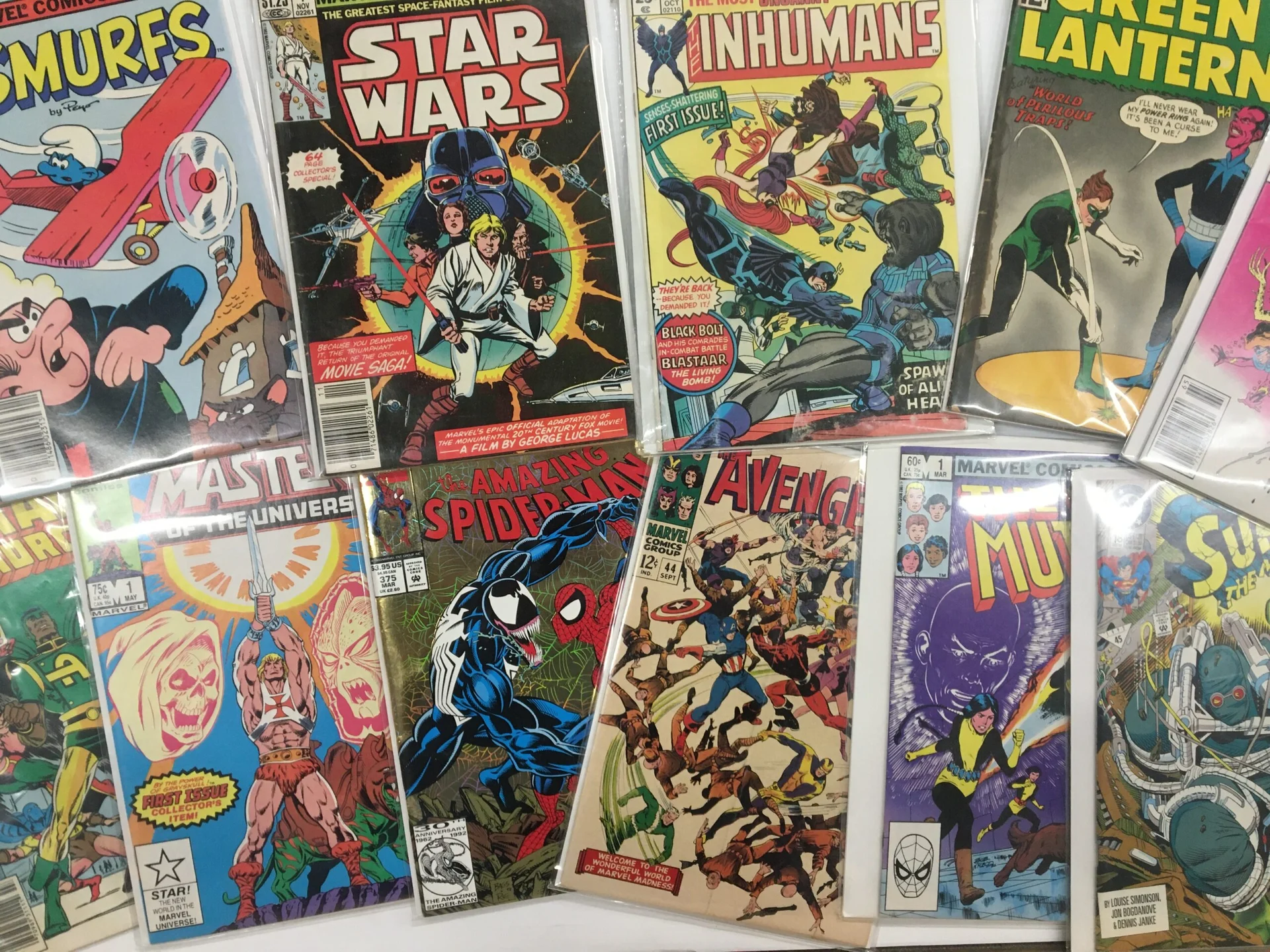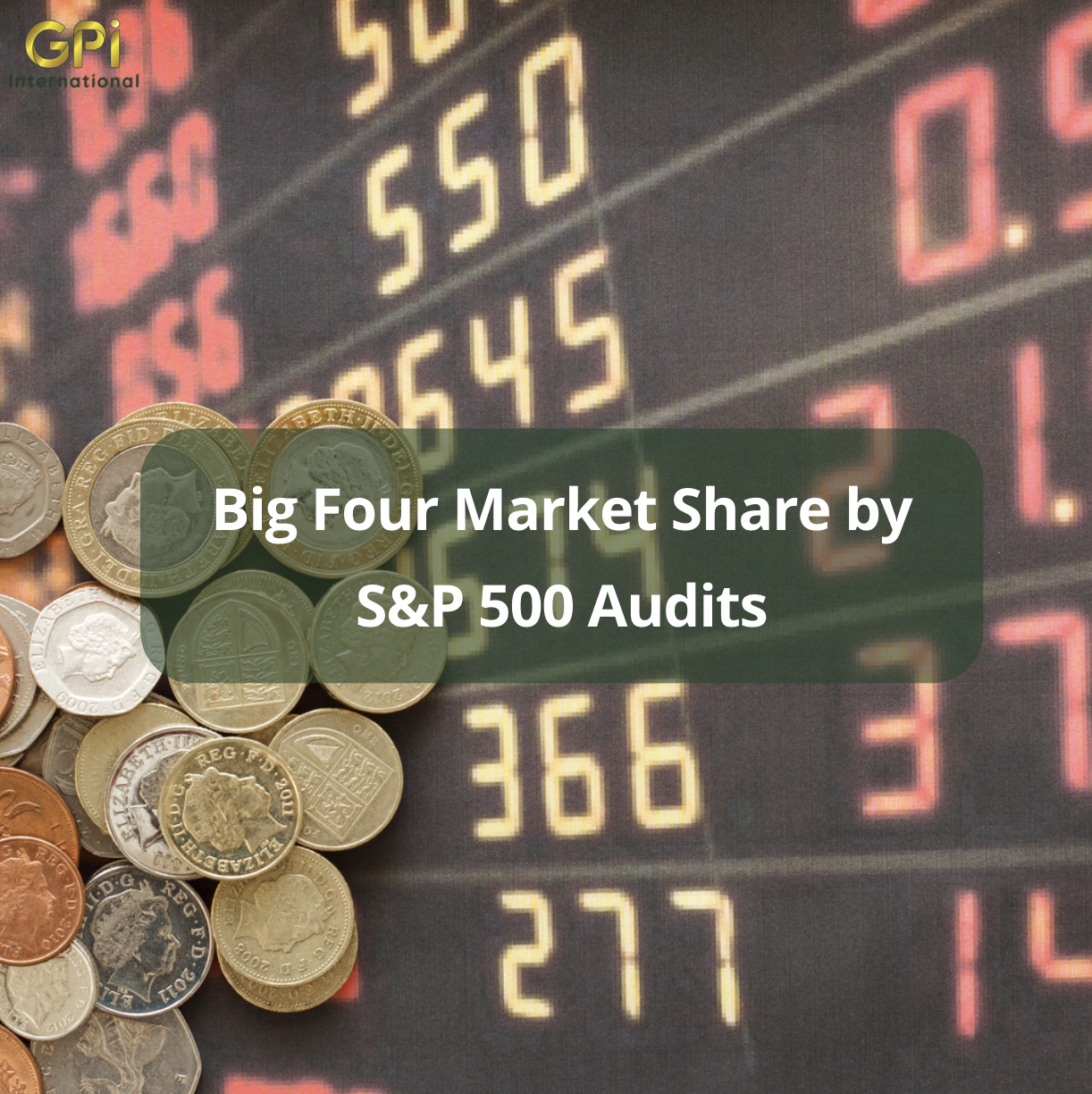Contemplating collectible investments
If you find yourself with ample storage space in your attic or garage, you might discover these areas packed to the brim with old furniture, books, and assorted items that have accumulated over the years. At first glance, this assortment may appear as nothing more than a chaotic pile of discarded possessions. However, if you take the time to sift through these treasures carefully, you may stumble upon a hidden cache of valuable collectibles waiting to turn a profit.
Collectibles are items that hold a value far surpassing their original purchase price, often regarded as alternative investments that don’t conform to conventional asset categories like stocks, bonds, cash, or real estate. Investing in collectibles can be a rewarding endeavor, potentially yielding substantial returns. Nevertheless, it’s essential to understand the basics of this unique market before delving in. This article explores the concept of collectibles as investments and aids you in determining whether this emotionally charged market is a suitable place to allocate your funds.
Embracing the Vintage and Antique A collectible can be defined as any item that can be sold for a higher price than its original cost, with its value appreciating over time. While some collectibles are naturally rare, others are intentionally mass-produced to become sought-after items—think of the Beanie Babies craze when they first hit the market. Collectibles also often possess a unique allure that captivates collectors, such as vintage photographs or various works of art. To maximize the value of a collectible, it must be maintained in pristine condition. Examples of well-known collectibles encompass trading cards, stamps, and comic books. Here are a few illustrative cases:
- 140,000,000 B.C.: An Allosaurus dinosaur, trapped in a sink hidden beneath thick underbrush, met an amateur paleontologist who salvaged what remained of its skull. In 2005, this restored Allosaurus skull fetched a staggering $600.
- 1908: Honus Wagner, a renowned baseball player from the Pittsburgh Pirates, achieved a remarkable season with a .354 batting average and his tenth home run. The following year, the American Tobacco Company honored Wagner by including his trading card in their cigarette packages. Fewer than 60 of these cards reached stores before it was revealed that Wagner was strongly opposed to smoking. In 2000, his cigarette trading card was sold on eBay for an astonishing $1.1 million.
- 1962: Stan Lee introduced a superhero who grappled with everyday challenges like paying rent, caring for his ailing aunt, and passing school exams—while also saving the world. This hero, Peter Parker, and his radioactive spider encounter were brought to life in the first edition of “The Amazing Spider-Man,” priced at a mere $0.12. By 2006, this comic had become one of the most valuable, commanding prices of around $6,000 or more, as per “Wizard: The Guide To Comics” pricing guide. Despite the thrill of owning a juvenile Allosaurus skull or a rare trading card, one must ponder whether collecting truly qualifies as a form of investment.
The Allure of Collectibles What do a dinosaur fossil, a comic book, and a baseball card have in common? Most people would readily classify them as collectibles. However, when it comes to diamonds, gold, and other precious materials, people often label them as investments. In theory, even these materials, as well as stocks, could be considered collectibles, as their value is primarily determined by market demand and not just their intrinsic worth. In practice, precious metals and stocks possess intrinsic value.
The intrinsic value of precious metals is rooted in their rarity; whether you melt, burn, or reshape them, their atomic composition remains unchanged. For stocks, value derives from the underlying company’s performance—specifically, its ability to generate earnings that justify the stock prices.
What sets collectibles apart is their vulnerability to value depreciation due to even slight damage. Collectibles derive their worth from nostalgia and other emotional factors, which can be as unpredictable as they are influential. Collectibles in pristine condition command higher values than those with imperfections. For instance, a scratched or torn baseball card would be worth significantly less than one in its original condition.
The 20-Year Nostalgia Cycle Nostalgia is believed to follow a 20-year cycle. In essence, things that are currently popular tend to become collectibles in 20 years when people seek to reconnect with their past. However, this doesn’t imply that you can buy the current top 10 consumer items, stash them for two decades, and then expect a windfall. If this were the case, everyone would be amassing fortunes. So, what’s the key takeaway? Certain items from the present could indeed become collectibles in the future if they meet two criteria: rarity and appeal.
Rarity is becoming increasingly elusive as mass production methods allow companies to meet demand without incurring additional costs. The devaluation of Beanie Babies serves as a prime example. Companies often find it profitable to saturate the market with products, ultimately undermining potential future collectors’ profits.
Determining appeal can be a complex task. To profit from collecting, you must anticipate what will gain popularity in hindsight—perhaps something currently in low demand will ascend in value later on, whether due to its rarity or an underappreciation upon initial release. For instance, in the 1950s and 1960s, wing-tipped plastic sunglasses with glass lenses were available for a few dollars in drugstores, but today, they can command hundreds of dollars in collectors’ markets.
Reasons to Exercise Caution with Collectibles Like any investment, buying collectibles comes with inherent risks, some of which are evident, while others are less so. Here is a list of factors that might give you pause before committing your hard-earned money to collectibles:
- Markups: When purchasing collectibles from dealers, be prepared for them to mark up prices to generate profits. Unlike collectors who can afford to hold onto items for extended periods, dealers need to make sales and run their businesses efficiently.
- Maintenance Costs: Collectibles do not generate income while in your possession, and they may even incur expenses as you wait for their value to appreciate. Maintaining collectibles in pristine condition can necessitate various expenses, ranging from inexpensive plastic covers to safeguard items like hockey cards to creating specialized environments with humidity, temperature, and light controls to preserve valuable paintings. In addition to storage expenses, consider the cost of insurance for high-value collectibles and fees associated with professional appraisals, restoration, and dealing services when preparing to sell.
- Wear and Tear: Most categories of collectibles, whether it’s Pokemon cards or antique plumbing fixtures, have guidelines for assessing an item’s value in pristine condition and determining how various degrees of wear impact its worth. For example, a well-read copy of “The Amazing Spider-Man #1” might be worth only 30% to 60% of its $6,000 list price, depending on the type and extent of wear.
- Counterfeiting: Counterfeits occasionally make their way into the hands of collectors, even with experienced appraisers and dealers involved in the process. This can result in owning an expensive piece of fraudulent art or collectibles.
- Limited Returns: Collectibles generally yield lower returns compared to stock market index funds, money market accounts, and most bond funds. Even categories with the most promising returns, such as diamonds and stamps, fall short of stock market performance. For instance, stamps are estimated to return between 5% and 10%, which pales in comparison to stock market returns.
Reasons to Consider Collectibles Despite the associated risks, there are compelling reasons to consider collectibles as a part of your investment portfolio. While there’s no guarantee of substantial returns or widespread interest in your chosen items, here are some factors to keep in mind:
- Emotional Attachment: People often invest in collectibles not purely for financial gain but because they hold personal interest and sentimental value. If you’re fortunate, you may later sell the item at a profit, effectively beating inflation over the holding period.
- Inherited Heirlooms: If you’ve inherited antiques or collectibles from family members, it’s advisable to explore their potential value before relegating them to a dusty attic corner. Acquiring such items at no cost significantly increases the potential profit margin.
- Comparison Shopping: Before making a purchase, take the time to compare prices with various dealers and explore similar items on the market. Avoid making hasty decisions under pressure from a dealer; instead, browse the store and contact the dealer after careful consideration.
- Written Guarantee: In cases where a collectible is presented as an extraordinary buy with multiple interested buyers, consider requesting a written buy-back guarantee from the seller for a specified period. This arrangement allows the dealer to repurchase the item at the original price, providing assurance in case the market value doesn’t meet expectations.
- Research and Resources: Invest in educating yourself about the specific collectibles you are interested in. Utilize resources like collectibles publications and pricing guides to gain insights into pricing trends, care guidelines, and market dynamics.
- Collectibles Insurance: Given the potential risks associated with valuable items, it’s worth considering collectibles insurance. These policies protect your collection from various potential mishaps, including accidental breakage, theft, flood damage, and other types of loss. While essential for owners of priceless items, collectibles insurance can provide peace of mind for collections of varying values.
In Conclusion While collectibles can offer unique investment opportunities, there are more reliable ways to hedge against inflation. Collectibles are illiquid assets that do not generate income and are susceptible to depreciation if damaged. Therefore, if you decide to invest in collectibles, choose items you genuinely enjoy owning, as opposed to banking on a future windfall sale.





